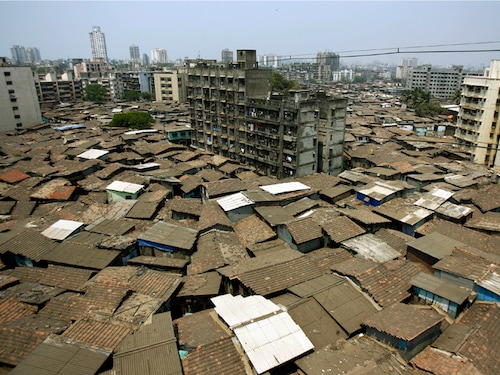Dharavi: Back to the Drawing Board?
The controversial Dharavi slum rehabilitation project may now be completely overhauled


With only seven remaining bidders left to compete for the rights to the redevelopment of the highly controversial Dharavi project, Forbes India has now learnt the entire scheme may be considered for an overhaul. According to information gathered from highly placed government sources, the experts committee overseeing the project is recommending Dharavi be redeveloped as a contractual agreement between the residents and the developers, with the government playing a more supervisory role.
Nearly five years after the state government approved the ambitious Rs. 15,000 crore Dharavi Rehabilitation Project (DRP), some officials are wondering if it can be implemented in its current form. The scheme has been beset by numerous obstacles. Only this week, seven out of the 14 developers have dropped out of the fray, rendering the bidding process uncompetitive. Now, the government’s expert committee is said to be considering an alternative plan to give the power back to the people.
Currently, the government chooses the builders, but the new plan is recommending the right to select the builders and redevelop the colonies to be put directly in the hands of the slum dwellers. Instead of dividing Dharavi into five zones of about 30 hectares each, the latest thinking is to see it being divided into several zones of 2-3 hectares each. As in the current plan, each such zone will be developed as a self-sustaining township with the government providing the common amenities.
According to a government source who requested anonymity, this new scheme is likely to be the best way forward for all parties concerned. The source said, “We [government] put up credible guidelines and let the contractual agreement be between the people and developers so there is no problem like what’s happening now. I think the question in all our minds is can you keep bulldosing your way through?” In a recent letter from the government-appointed experts’ committee to the state government, the panel has highlighted its concerns about the project being pushed through without the residents’ consent. The letter states, “The consent of the people should have been incorporated. Despite repeated requests, we were told it would not be possible. No development would succeed without the residents’ consent.”
According to the committee, not only will the new plan reduce the friction between the residents and the developers, it will also mean less delay in starting the redevelopment. The DRP had given the 14 bidders an October 16 deadline to submit the memoranda of understanding (MoUs) that they had signed with their foreign partners. Half of them failed to produce this document despite the deadline being extended a couple of times. As a result, seven developers dropped out of the project including Kalpataru, Lanco Infratech, Unitech, Azorim Investment (Videocon Realty & RNA), Kingston Properties (Oberoi) and Africa Israel Investment Ltd. (K Raheja Constructions). Some of these builders have alleged numerous complications in determining eligibility of residents, as all those slum dwellers who moved into Dharavi after January 1, 2000, are ineligible even if they may be occupying structures that have been in place before that date.
With only seven developers left in the fray for the five sectors carved out in Dharavi, the government isn’t keen to go ahead with the tendering process. Each builder will get only one sector to redevelop. This implies that there will hardly be any competitive bidding between them. According to the same source, “Just trying to shortlist a new selection of bidders, this will take at least another year. And while you go through these processes you stop other smaller SRA [Slum Rehabilitation Authority] schemes in Dharavi because we’re pushing for this comprehensive scheme. So nobody is winning.”
The new scheme is likely to come up when the Dharavi Redevelopment Committee of secretaries headed by the chief secretary meets in December.
First Published: Oct 30, 2009, 17:07
Subscribe Now